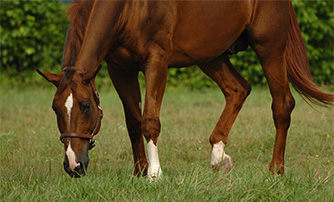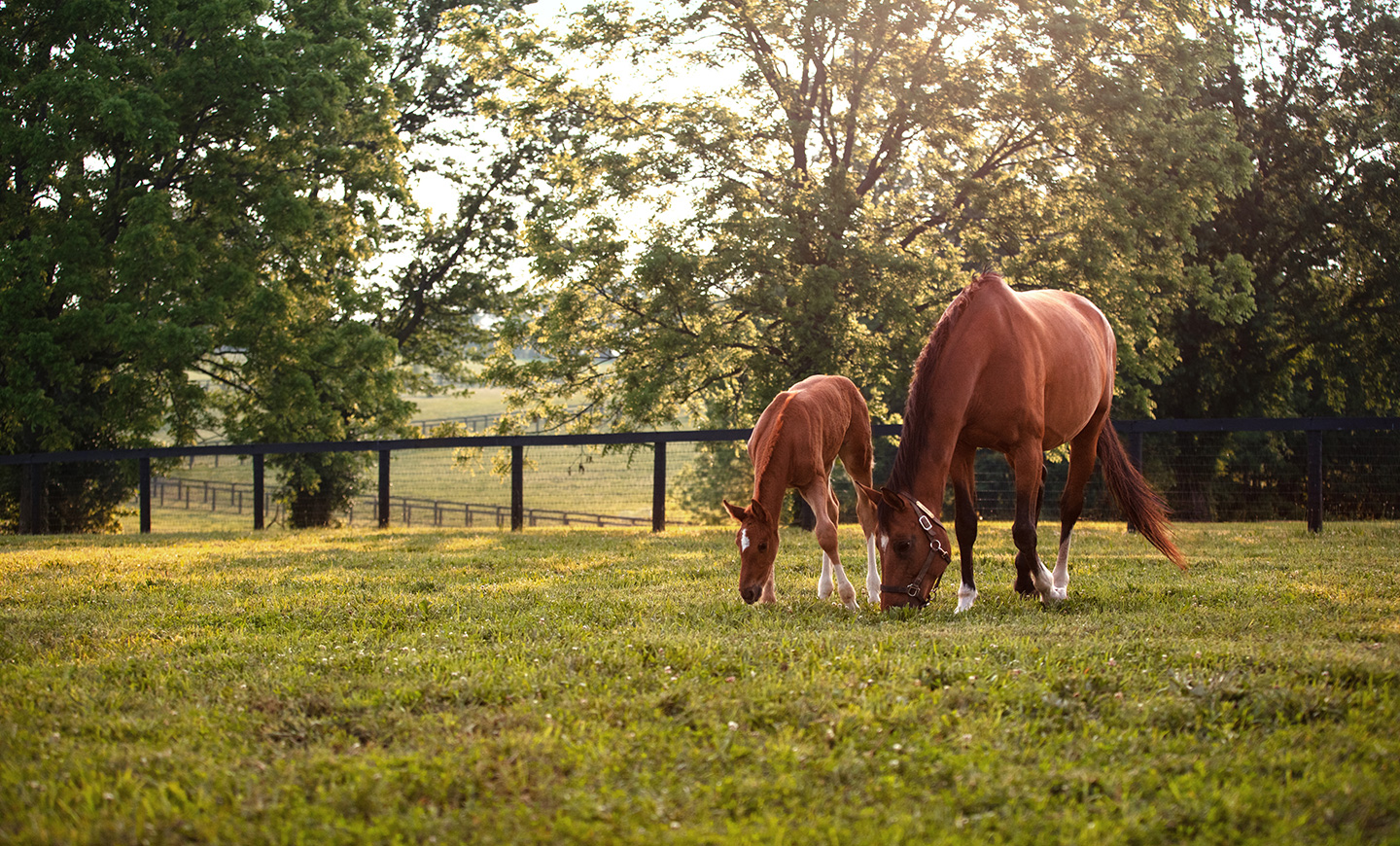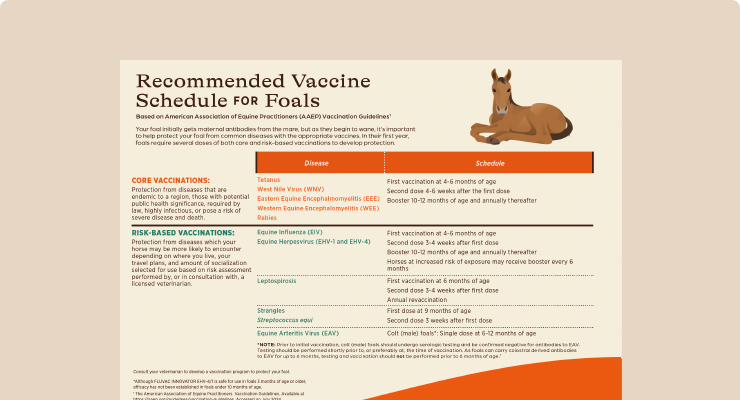Broodmare care tips
• Schedule pregnancy checks: Confirm the progress of your mare’s pregnancy via regular ultrasounds and health exams led by your veterinarian.
• Keep an eye on stress: According to the American Association of Equine Practitioners (AAEP), stress has the potential to cause a drop in progesterone, a hormone that helps maintain pregnancy.1 Avoid unnecessary travel and excessive stress and monitor your mare’s vital signs.
• Continue with routine wellness: Keep up with regular farrier and dental visits throughout pregnancy to help your mare feel her best.
Stay current: Dewormers and vaccines
• Deworming in the first trimester: Before breeding your mare, be sure she’s up to date with your veterinarian’s recommended deworming schedule.
⁃ Ask your veterinarian to perform a fecal egg count (FEC) test to learn if she’s a high shedder, especially if she traveled off-property for breeding—there may be an increased risk of parasitic exposure on other farms
⁃ FEC tests determine if your mare needs additional deworming before exposing her to new pastures or other horses
• Ensure vaccinations are up to date: Check your mare’s vaccination history before breeding to help protect against all five core equine diseases—Eastern equine encephalomyelitis (EEE), Western equine encephalomyelitis (WEE), West Nile virus (WNV), tetanus and rabies.
⁃ Remember to ask your veterinarian about potential risk-based diseases of concern in your geographic area, including equine influenza, equine herpesvirus and other risk-based diseases.
 Visit veterinary professionals site
Visit veterinary professionals site












.jpg)











